Best Selling Products
Wild Bird Food & Bird Seed Mixes from Brinvale
What We Do At Brinvale Bird Foods
Here at Brinvale, we farm, manufacture, package, and sell some of the highest quality wild bird food and bird seed online. Because we manufacture on-site, we are able to offer a wide range of wild bird seed mixes, sunflower hearts, peanuts, and other wildlife food at a fair price all year round. We have both a keen interest in the welfare of wildlife and thoroughly enjoy attracting and watching the birds on our farm in the Vale of Belvoir, Leicestershire.
Find Out More






















